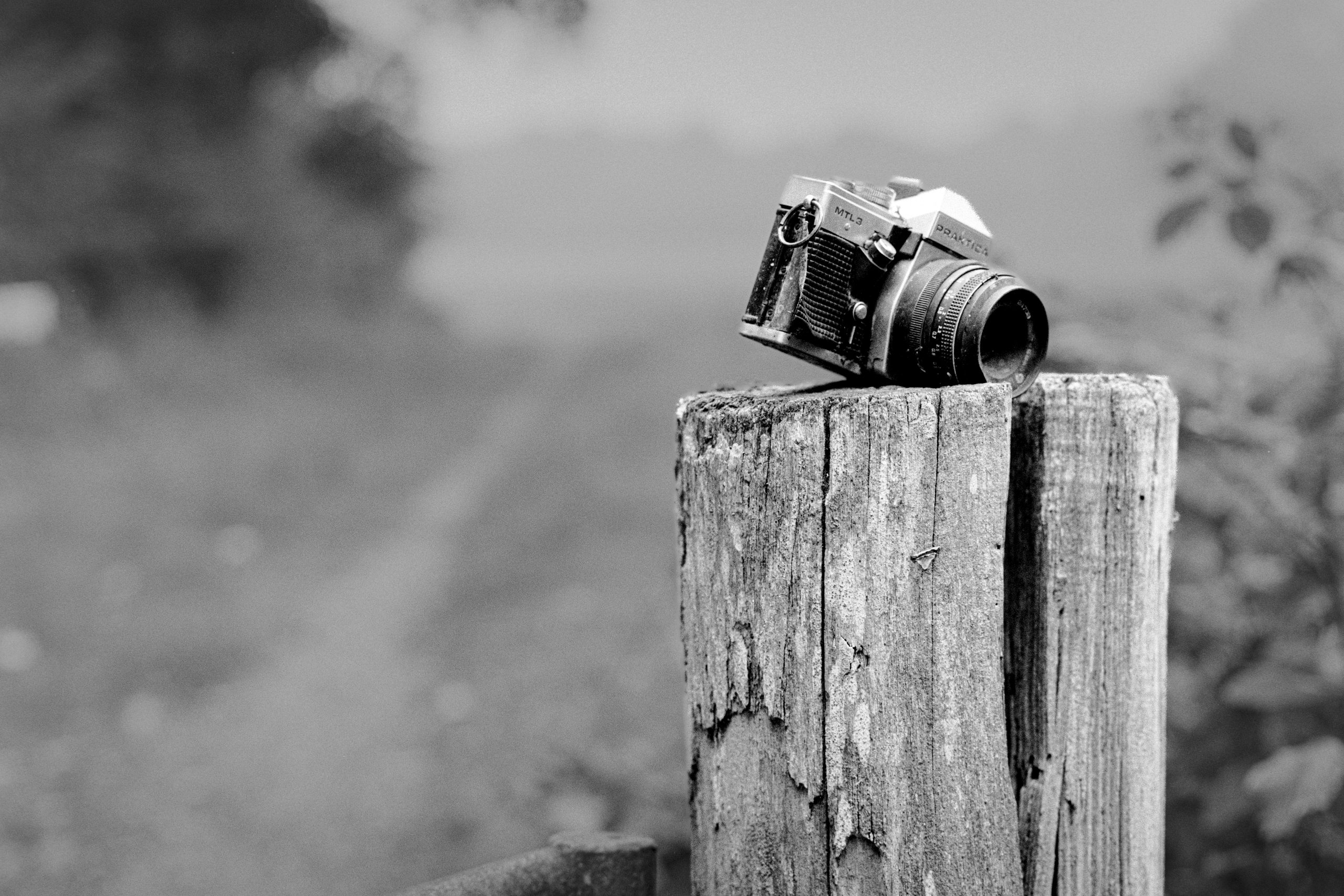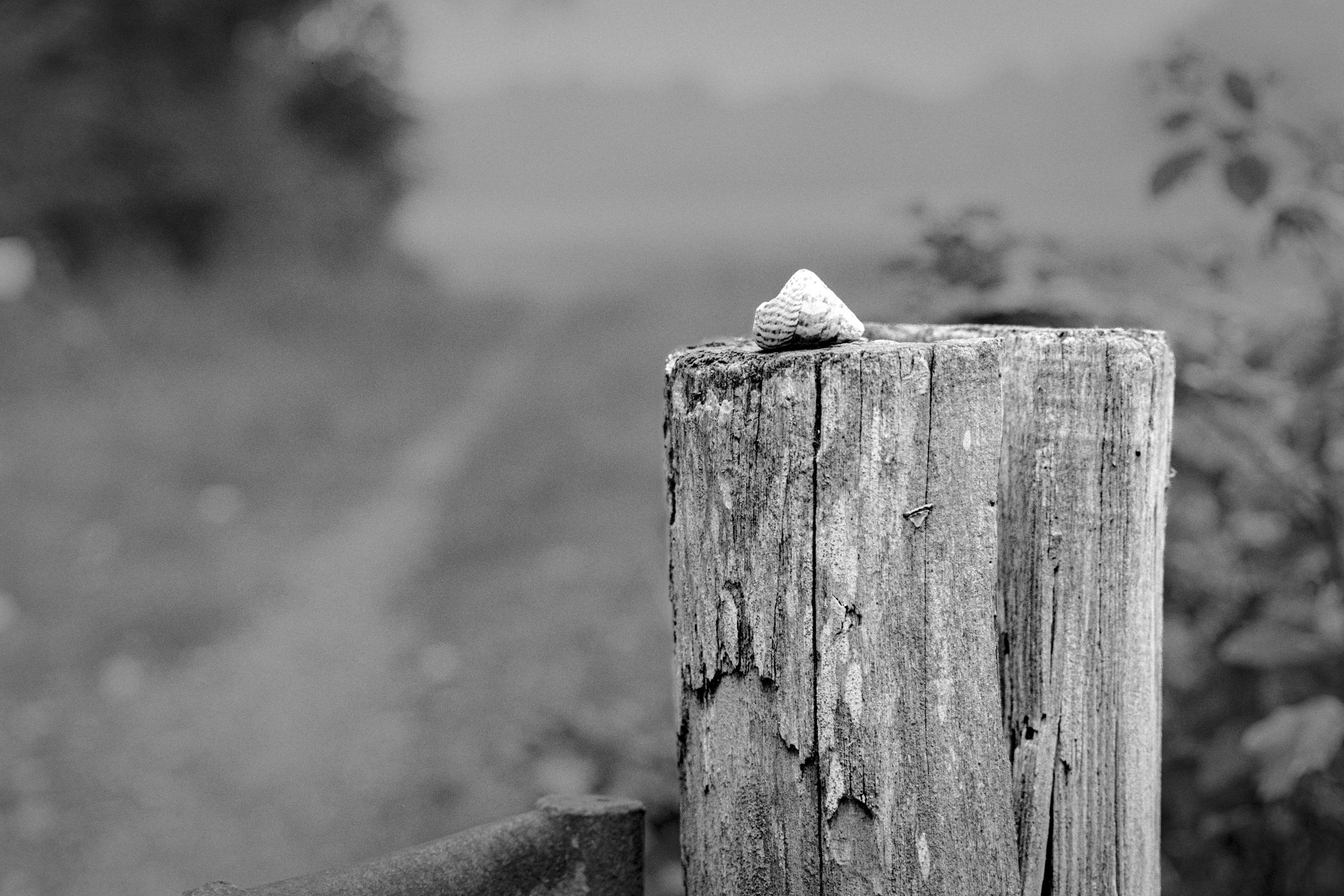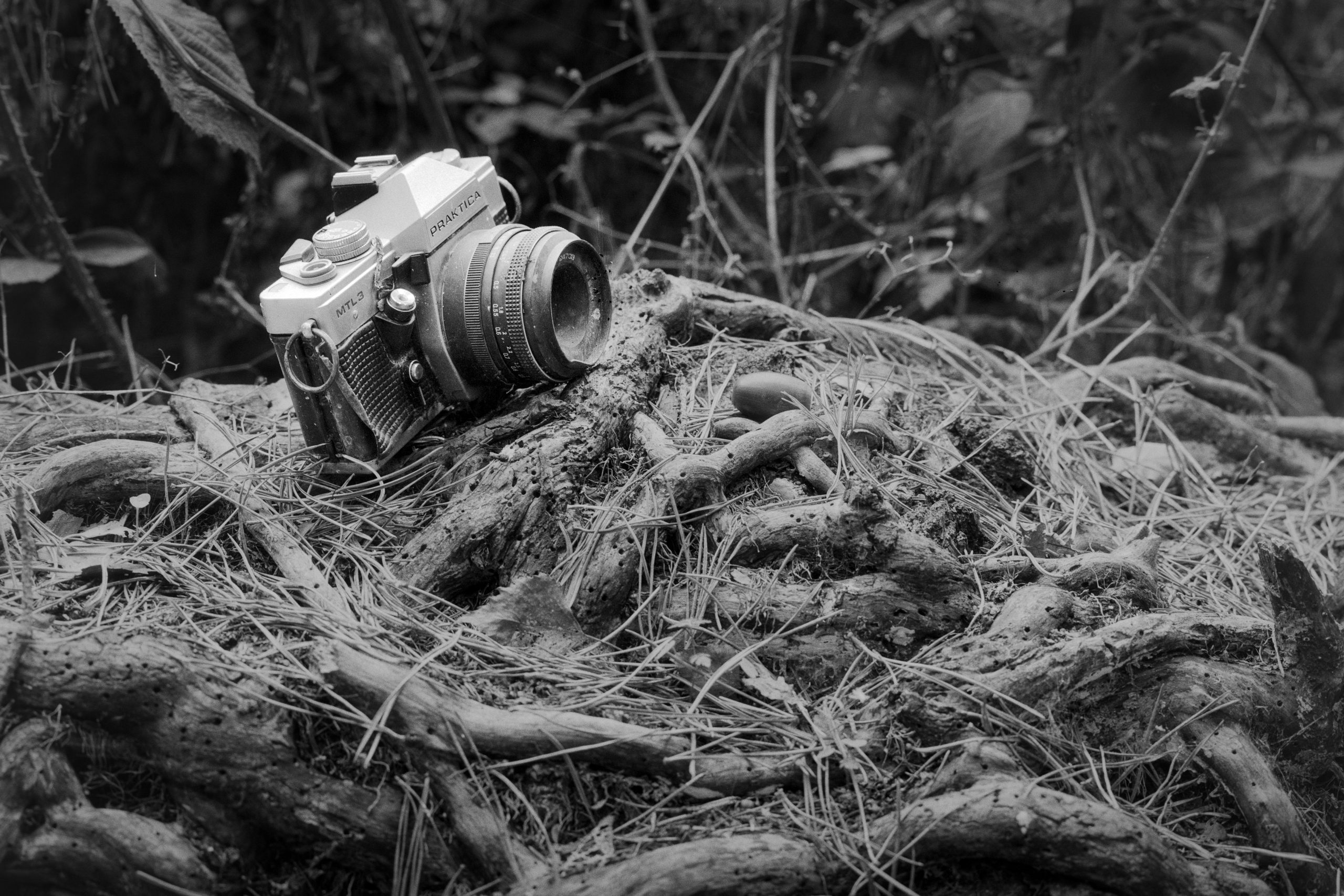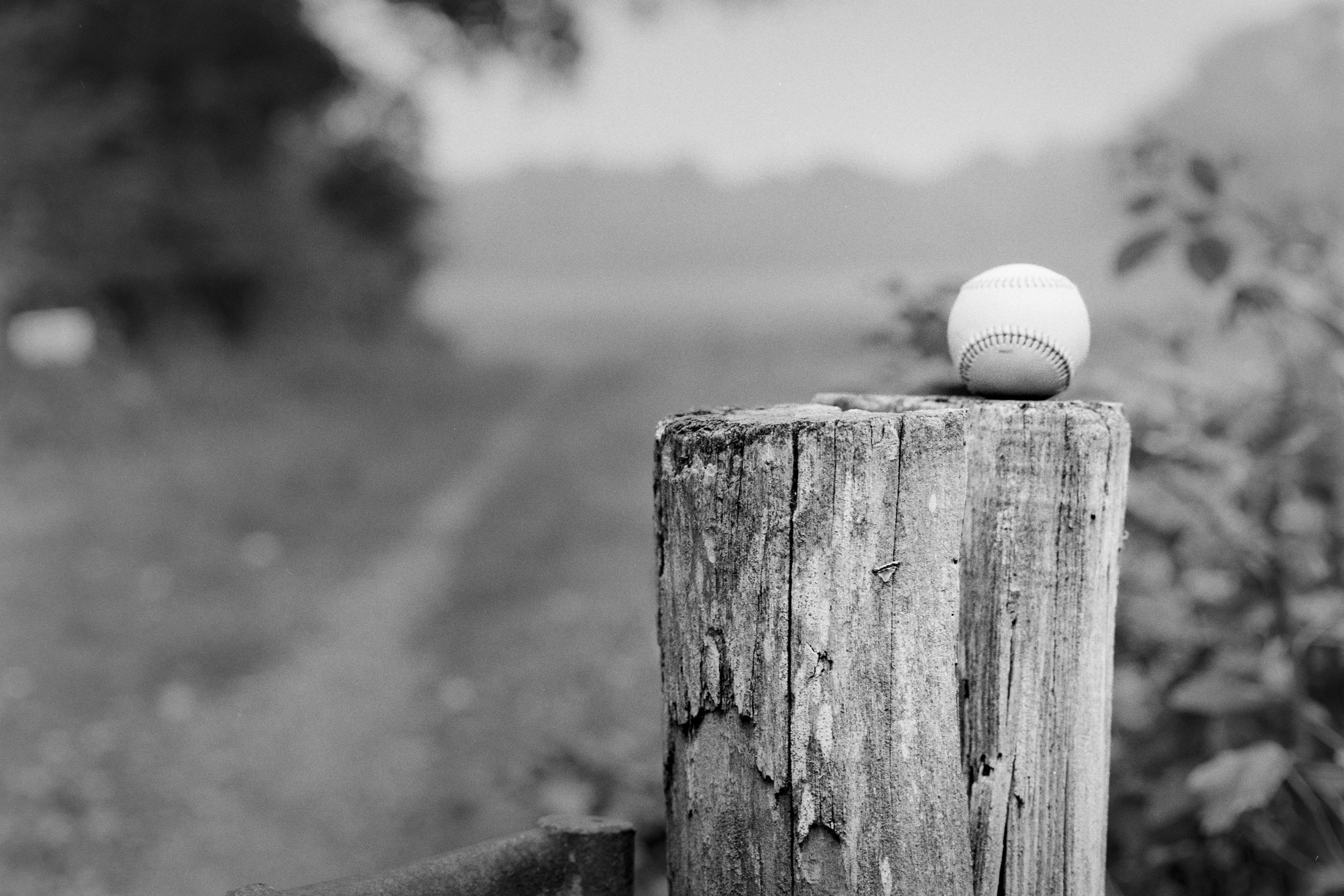
The Weight of Quiet Things – A Study in Stillness
A film photography series exploring silence, presence, and the fragile beauty of forgotten objects.
Silence, Presence, and the Fragile Beauty of Forgotten Objects.
The Weight of Quiet Things reflects on the emotional gravity carried by overlooked objects — a worn chair, an abandoned tool, a fading letter. Captured on medium-format film with the Bronica ETRSi, these images explore how the ordinary becomes sacred through the act of observation. Each frame invites stillness, revealing what lingers in absence.
Image Gallery
The Weight of Quiet Things
A Black and White Film Series by Stephen Paul Young
There are things in the world that seem to have fallen out of place — a chair in an empty lane, a single shoe beneath a tree, a rusted camera left to listen to the rain.
These are the quiet witnesses. Objects that, once belonging, now wait — stripped of purpose but heavy with meaning.

The Weight of Quiet Things gathers these moments. Each photograph was made on a Bronica ETRSi, using black and white film — Kentmere Pan 200 and Ilford PAN F Plus 50 — chosen not for perfection, but for the softness of their truth. The grain breathes like memory. The light hesitates before it leaves.
In photographing the misplaced, I am also photographing a kind of inner weather — the slow drift between belonging and absence. Every object carries a trace of someone, perhaps myself, perhaps another who once stood still and wondered what it meant to endure. The act of seeing becomes a small redemption: to recognise what has been forgotten, to offer witness to the quiet weight of things.
Film, for me, is not nostalgia. It is patience made visible.
With the Bronica, I move slowly. I listen more than I look. The shutter clicks not in confidence but in hesitation — a breath before understanding. The negatives come back days later, and only then does the image begin to reveal itself. In this waiting, something human stirs — the reminder that fragility is not a flaw, but a form of attention.
The black and white tones are deliberate.
Colour would distract; it would explain too much. Monochrome allows stillness to speak in its own language — the greys where emotion hides, the silvers where thought fades into light. The absence of colour is the presence of feeling. Each print, scanned from its film negative, retains the tremor of the process — a small imperfection that feels closer to truth than any digital certainty could ever offer.
The Weight of Quiet Things is, in its way, a form of self-portraiture. Not of face, but of atmosphere. The objects stand where I might stand — displaced, solitary, still listening for meaning in the noise of the world.
They are both metaphors and companions: fragments of a conversation between self and silence.
This project continues my exploration of mental health through film photography — the emotional resonance found in slowness, imperfection, and human tenderness. These photographs are about fragility, yes — but also endurance.
Because even the quietest things, when given time, begin to speak.
The Process of Listening
I develop the negatives myself, at home. The chemicals mix in the dim quiet of evening — a ritual of patience and solitude. The world outside fades; only the soft swirl of developer and the smell of fixer remain. Each frame becomes a secret unfolding in darkness, a conversation between silver and time.
There’s something grounding about it — to wait for the film to reveal what it has kept hidden. I think of this as an act of restoration, of trust. The negatives hang above the sink like small, translucent memories — imperfect, fragile, but entirely real.
Once dry, I bring them back to light with the same care. Each negative is scanned using my Canon EOS 5DSR mounted on a tripod, with a Sigma 105mm macro lens aligned precisely over a backlit surface. It is a slow translation — light through lens, film through glass — but I prefer this to mechanical scanners. The DSLR captures not just the image, but the breath of the film itself. Tiny dust marks, faint scratches, and the gentle weave of grain all remain — uncorrected, human.
This hybrid process — analogue developing and digital scanning — feels like the bridge between two worlds. The film holds the emotion; the camera retrieves it. One listens, the other translates. It allows me to stay connected to the physical presence of film while offering the precision needed to share these images as fine art prints.
Nothing here is rushed. Every step, from loading the reel to exporting the scan, is part of the same quiet rhythm. It is in this rhythm that the meaning of the work resides — a reminder that even the act of making can be a form of healing.
Read more at EMULSIVE – a space for film photographers of all backgrounds, from all over the world to spread knowledge, experience and thoughts about everything related to film photography.

